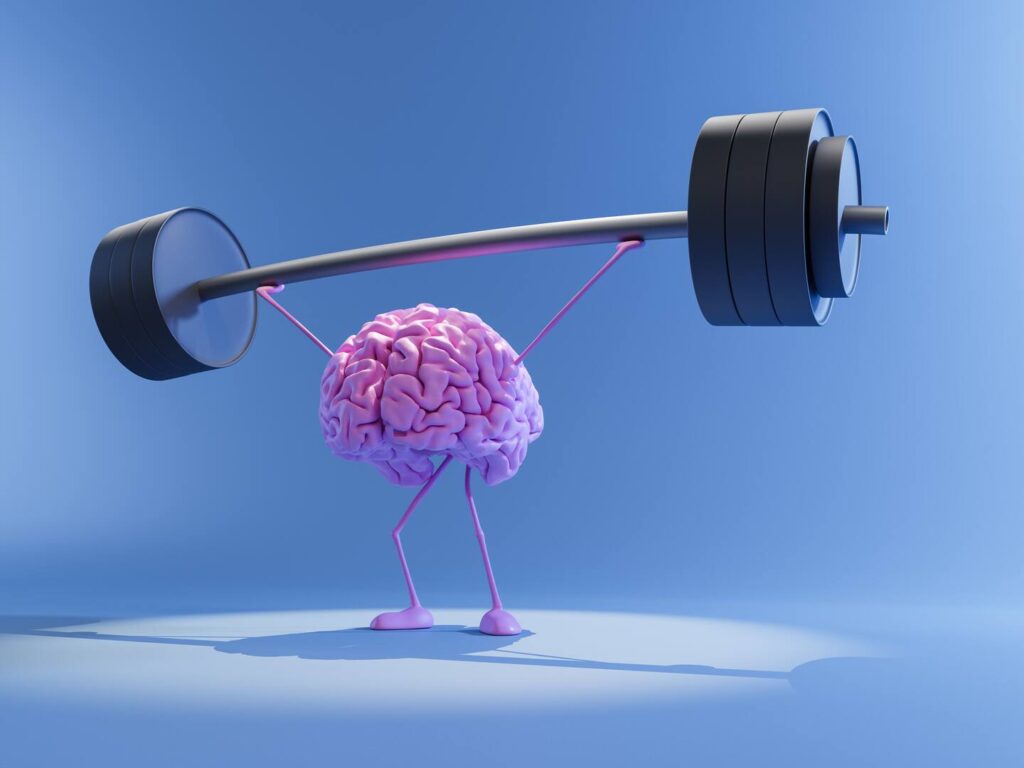
Depression is a challenging condition affecting millions, often trapping individuals in cycles of despair and hopelessness. As the search for relief grows, many are turning to alternative yet effective approaches to alleviate depressive symptoms. One such approach is exercise – traditionally linked to physical health but now increasingly recognized for its profound mental health benefits. In this article, we explore five proven ways exercise eases depression, examining its biochemical effects, psychological benefits, and practical strategies for incorporating physical activity into everyday routines. Discover how small, consistent lifestyle changes can boost your mood and learn how robust scientific evidence supports these claims.
Understanding the Connection Between Exercise and Depression
Depression and mental health are complex issues manifested in many different ways. However, increasing research highlights a strong connection between physical exercise and improved mental well-being. Regular physical activity triggers the release of chemicals that positively influence your mood. This natural process can gradually alleviate depressive symptoms. Exercise has the power to alter brain chemistry, setting the stage for improved mental health.
The benefits of exercise extend beyond physical fitness to enhance brain function and structure. Those battling depression often experience reduced cognitive abilities and lowered self-esteem. Introducing regular physical activity has been shown to enhance brain plasticity and hormonal balance, with boosts in brain-derived neurotrophic factor (BDNF) being a prime example of how exercise fosters a rejuvenated mental state.
Ultimately, understanding the connection between exercise and depression means recognizing the interdependence of body and mind. When one part benefits, the entire system can improve. This section lays the foundation for exploring the various mechanisms through which exercise eases depression and emphasizes why embracing physical activity is essential for holistic well-being.
Endorphins: The Natural Mood Enhancers
One of the most exciting aspects of exercise is its ability to naturally trigger the release of endorphins. These neurotransmitters act as the body’s own painkillers and are often dubbed as ‘feel-good hormones.’ During physical activity, particularly cardio workouts, your body increases endorphin production, which leads to improved mood and reduced pain perception. Endorphin release is a key factor in alleviating depressive symptoms.

The phenomenon known as the ‘runner’s high’ is a powerful testament to the body’s natural capacity to counteract depressive moods. Studies confirm that even moderate exercise leads to a noticeable surge in endorphin levels, providing a natural boost that, in some cases, might reduce reliance on medication. The link between higher endorphin levels and enhanced mental health points to a promising natural remedy for depression.
Beyond boosting mood, exercise lowers stress hormones like cortisol. This dual action – increasing mood-enhancing chemicals and reducing stress hormones – creates an ideal environment for fighting depression. Understanding how endorphins work can empower individuals to harness this accessible remedy for better mental health.
Exercise as a Coping Mechanism: Breaking the Cycle of Depression
Regular exercise routines offer more than physical benefits; they also introduce structure and consistency, which are often missing during depressive episodes. By establishing predictable patterns and a sense of accomplishment, individuals can counter feelings of chaos and despair. Implementing regular exercise acts as a reliable coping strategy that brings much-needed discipline and routine.
In the realm of mental health, setting up an exercise routine can disrupt negative thought patterns associated with depression. Whether it’s a mindful nature walk, an energizing gym session, or a calming yoga practice, the variety of exercise options ensures there is something beneficial for everyone. The psychological lift provided by consistent physical activity works hand-in-hand with its physiological effects, enhancing mental resilience and emotional stability.
In addition, exercise can foster social interactions when performed in group settings, reducing the isolation that often accompanies depression. Group fitness classes, team sports, or exercise clubs offer opportunities for connection and support, helping individuals feel more integrated and valued. These social dynamics are essential for building a positive self-image and breaking the cycle of depressive isolation.

Empirical Evidence and Recent Studies in 2024
Recent advances in psychophysiology have shed light on the role of exercise in mitigating depression. In 2024, numerous studies reinforced the positive correlation between regular physical activity and improved mental health outcomes. For example, one landmark study showed that individuals engaged in structured exercise experienced a significant reduction in depressive symptoms compared to those who led sedentary lifestyles. This emerging evidence positions exercise as both a preventive measure and a valuable complementary treatment for depression.
Clinical trials have further demonstrated that exercise can boost the effectiveness of conventional treatments, such as cognitive behavioral therapy (CBT) and medication. In several cases, incorporating a personalized exercise program enabled patients to lower their antidepressant dosages without sacrificing treatment efficacy. Robust scientific evidence supports the inclusion of exercise as a critical element in the treatment of depression.
Additional research in 2024 has explored the neurobiological mechanisms behind these benefits. Experts note that exercise enhances neural connectivity and brain plasticity, potentially repairing cognitive damage associated with chronic depression. These promising findings further endorse the integration of physical exercise into comprehensive mental health care practices.
Practical Tips for Integrating Exercise into Your Life

Starting an exercise routine might seem overwhelming when managing depression, but small, achievable steps can lead to significant improvements. Begin with simple activities like daily walks, gentle stretching, or dancing to your favorite tunes. The key is to set realistic goals and gradually build from there. Small, consistent actions can create large improvements in mental health, making the journey sustainable and less daunting.
A structured plan is essential. For instance, set aside time in the morning for a brief workout or join group exercise classes to instill discipline and accountability. Consider journaling your progress to monitor mood and energy improvements, and partner with a friend or local fitness community for extra support. These practical tips not only improve physical condition but also build a resilient foundation against depression.
Moreover, experiment with various exercise modalities to find what best suits your preferences. If high-intensity workouts feel overwhelming, consider options like yoga, pilates, or tai chi, which offer a more calming alternative. It is also wise to consult with a fitness coach or mental health professional to design a program that matches your physical abilities and emotional needs. Ultimately, discover activities you enjoy so that staying active becomes rewarding rather than burdensome.

In conclusion, exercise emerges as a multifaceted and effective tool in the fight against depression. By boosting natural mood enhancers such as endorphins and establishing structural routines, regular physical activity benefits both the mind and body. Adopting an exercise habit not only enhances physical health but also strengthens mental resilience. Remember that progress may be gradual, but every step counts. Seek professional guidance when necessary and put these practical tips into practice to embark on a journey toward a healthier, more balanced life. Ultimately, the synergy between exercise and mental health offers promising potential for those seeking lasting relief from depression.




